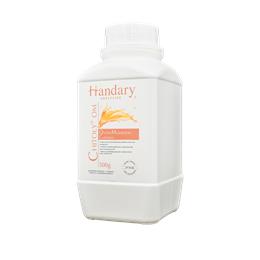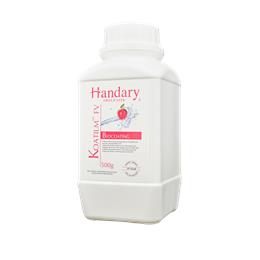Description
Post-harvest fruits refer to fresh fruits that have been harvested from their plants, trees or vines and are ready for consumption. They can be categorized as either climacteric (fruits that continue to ripen after they have been harvested, such as bananas and apples) or non-climacteric (fruits that do not ripen further after they have been harvested, such as strawberries and grapes).
However, post-harvest fruits are also highly perishable and need to be stored carefully to maintain their freshness and nutritional value. They should be stored in a cool, dry place away from direct sunlight and other fruits that may release ethylene gas, which can cause them to ripen or spoil more quickly.
To ensure that post-harvest fruits are safe for consumption, it's important to wash them thoroughly with water before eating, especially if they have been grown using pesticides or other chemicals. Additionally, it's important to choose locally sourced or organic fruits when possible to support sustainable agriculture practices and minimize exposure to harmful chemicals.
Surface molds growth
Surface mold growth is a common issue in post-harvest fruits, particularly in those that are stored for extended periods of time. The growth of mold on the surface of fruit can lead to spoilage, decreased shelf life, and reduced quality.
Molds are a type of fungus that can grow on the surface of fruit under certain conditions. They are particularly common in humid environments, as moisture is necessary for their growth. Additionally, wounds or bruises on the fruit can provide a place for molds to enter and begin growing.
In summary, surface mold growth is a common issue in post-harvest fruits, but can be prevented by careful handling, proper storage conditions, and the use of fungicides when necessary. By following these practices, growers and distributors can help to ensure that their fruit remains safe and of high quality.
 English
English 简体中文
简体中文 Français
Français Español
Español

